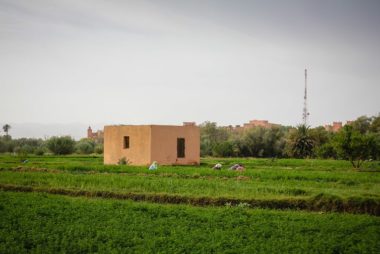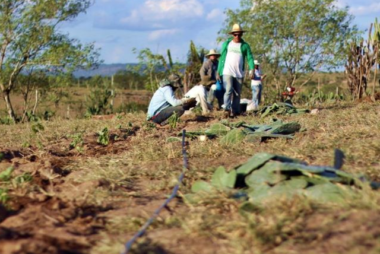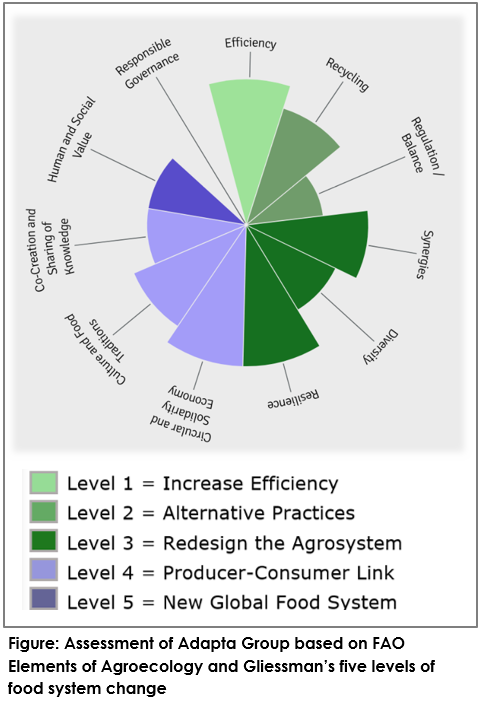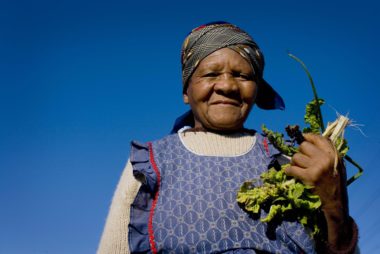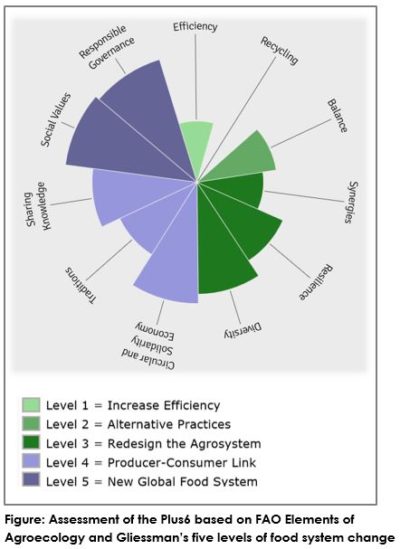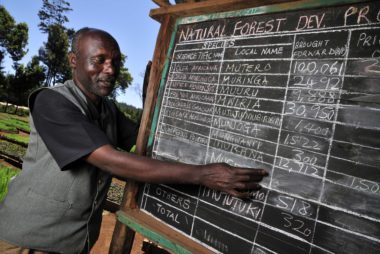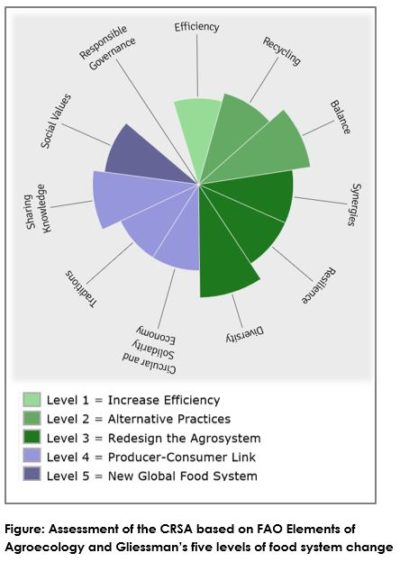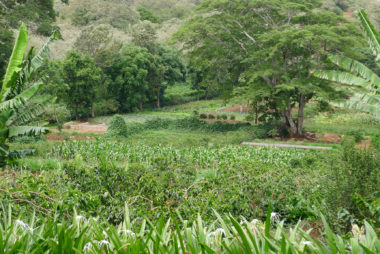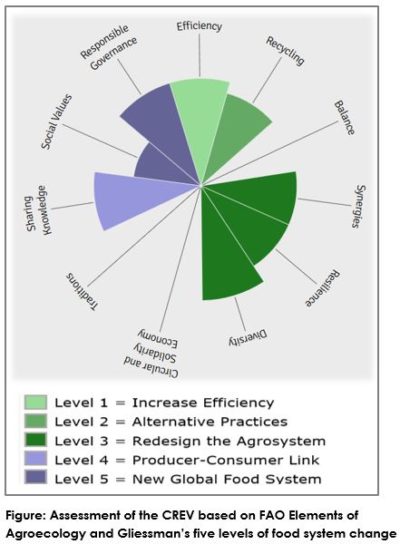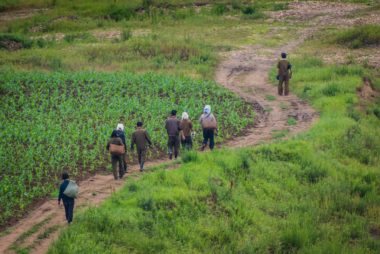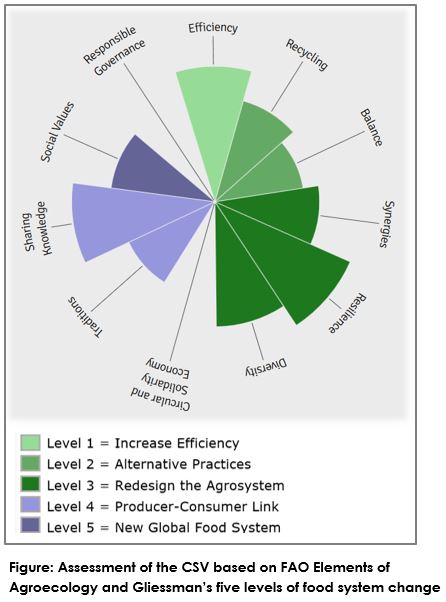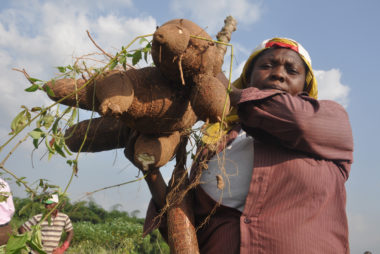SEKEM INITIATIVE
Category:
![]()
Founder:
Dr. Ibrahim Abouleish
Period:
1997 – now
In a nutshell

The SEKEM Initiative was founded as a comprehensive development initiative to address some of the most pressing issues affecting Egypt. SEKEM started on a 70-hectare plot of desert land and became the first entity to develop biodynamic farming methods in Egypt.
The SEKEM vision entails a holistic approach focusing on sustainable, organic agriculture to restore and maintain the vitality of the soil and food as well as fostering biodiversity. Furthermore, it supports social and cultural development in Egypt by enabling and promoting knowledge transfer, education and conscious consumption. Over the years, SEKEM has broadened its scope and became the umbrella of a multifaceted agro-industrial group of companies and NGOs. Their holding structure is formed by three closely interrelated entities.
Firstly, the SEKEM Holding Company is composed of eight companies and multiple project-based initiatives, each responsible for SEKEM’s economic and ecological value proposition.
Secondly, the Egyptian SEKEM Development Foundation (SDF) which includes a medical center, a school open to pupils from any religious or ethnic background, a school and vocational training center, a nursery, the Mahad Adult Education Training Institute, the SEKEM Academy for Applied Art and Sciences and the Heliopolis University for Sustainable Development, all responsible for cultural aspects.
Lastly, the Cooperative of SEKEM Employees (CSE), responsible for human resource development, women empowerment, gender equality and the association of partnerships.
Context
In Egypt, agriculture involves 40% of the workforce and remains the least developed sector of the Egyptian economy. Cost of agricultural production has increased while the resource base has shrunk. Today, Egypt has become one of the world’s largest importers of food. Farmers in Egypt face a vast number of problems, such as water-scarcity, over-reliance on chemical inputs and low productivity. Although the total cultivated area is 3 million hectares, representing only 3 percent of the total land area, the government aims at increasing this number to 4.8 million hectares by 2030 through additional land reclamation.
Objective
SEKEM was found to realize the vision of sustainable human development and to tackle poverty, unemployment, food security, water and energy challenges and gender inequality in Egypt. SEKEM’s main objective is the development of the individual, society and environment through a holistic concept, which integrates economic, societal and cultural life.
Key Interventions
Farm Level:
- SEKEM created jobs and employs today 2,000 people which are paid a fair salary
- There is a network of more than 3,000 farmers who produce for the SEKEM group
- Trained 477 farmers on biodynamic agriculture methods and registered them under the Egyptian Biodynamic Association (EBDA)
Regional/National Level:
- Reclaimed 684 hectares of desert land, all of those 100% operated by biodynamic and sustainable agriculture methods
- Since 2000, 978 students have graduated from SEKEM’s Vocational Training Centre
- Contributed to the huge reduction of chemical fertiliser and pesticide use of 90% in Egypt’s cotton industry, while boosting yields by up by 30%
- Planted 600,000 trees and sequestered 500,000,000 tonnes of CO2 through these trees and the soil enhancement
- Offer free courses for illiterate employees, grant employees access to treatment in health centres and reduce fees on children’s education at SEKEM schools
Lessons Learned/challenges
Due to successful partnerships with banks and donors, SEKEM can realize essential parts of its sustainable development vision. Since May 2007, the German GLS Gemeinschaftsbank AG, the Dutch Triodos Ventures BV and since 2011, Oikocredit Ecumenical Development Cooperative are shareholders of the SEKEM Holding and support the finance department for future investments.
Nonetheless, additional public funds are required to finance financial and technical support to further facilitate knowledge transfer, trainings and the introduction of new technologies in the field of irrigation and renewable energy production. During the coming years, SEKEM will work on increasing the number of small farmers willing to transform their lands from conventional to biodynamic agriculture.
